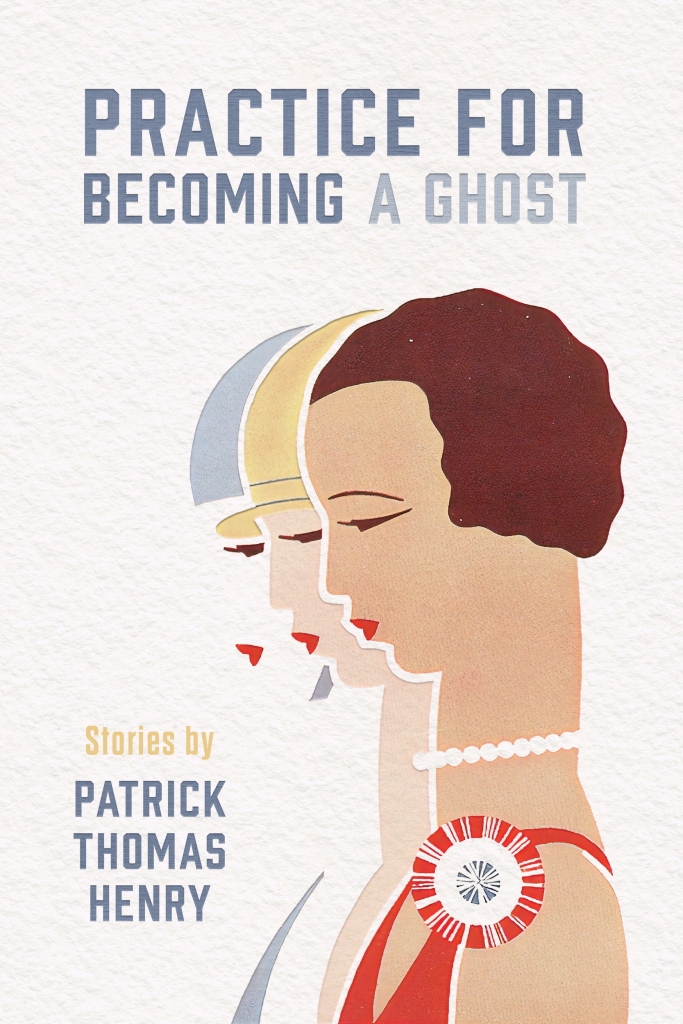Practice for Becoming a Ghost: Stories
Short Story Collection
Coming soon from Susquehanna University Press
Winner of the 2022 Northeast Modern Language Association Creative Writing Book Award
Semifinalist, 2023 Iron Horse Literary Review First Book Prize
An office temp tells her roommate the stories embedded in textures, instead of paying rent. Rowboats capsize on a state park’s lake as a man hears his wife’s voice rattling in the reeds. An automaton paints haystacks in the style of Claude Monet. A famous teen detective endures an Iowa-style fiction workshop. A lawyer gets swept away in love affair with a graphic designer, who tells him to act like nobody else can see her. A poet seeks out a young woman who suffers premonitions of a frock-coated skeleton, trudging through the Irish gorse.
In sixteen tales that smudge the line between the real and the fantastic, Practice for Becoming a Ghost tracks the malingering ghosts of grief and loss that haunt the present. In the forests of Pennsylvania, the Irish countryside, the limelight of the entertainment industry, and many other lush settings, these stories grapple with the tragedies that all of us remain alone with—while also recognizing that the act of living is always practice for becoming a ghost.
The Work of the Living:
Modernism, the Artist-Critic, and the Public Craft of Criticism
Literary Criticism
Coming soon from Clemson University Press
Through essays on Virginia Woolf, Roger Fry, Rebecca West, T.S. Eliot, and E.M. Forster, The Work of the Livingcontends that modernism’s artist-critics elevate criticism to a public mode of art and expression through their craft, rhetorical strategies, techniques, figurative language, and even their chosen circulations for their critical nonfiction.
How do creative writers reach their audiences through the public art and craft of criticism? How do their creative philosophies infuse and inflect the analyses and insights offered in their criticism? These are the central questions that propel The Work of the Living. Through their formal choices, narrative strategies, rhetorical techniques, and even publication venues, the artist-critics of the modernist era bring their creativity and craft to the genre of critical nonfiction. In little magazines and lecture halls, in newspapers and classrooms, and in the multimedia afterlives offered by citational practices and digital archives alike, the criticism of modernism’s artist-critics generates not only sites for critical inquiry, but communities of readers that gather—and discourse through—the text across time and contexts. Rather than probing the history of literary criticism as an academic enterprise, the essays in The Work of the Living turn their attention to the public cultures of literary and art criticism through historically informed close-readings of a select group of artist-critics—Virginia Woolf, Roger Fry, Rebecca West, T.S. Eliot, Robert Penn Warren, and E.M. Forster.
Of the Throat
A Short Story. 57 pp. Hand-printed linocut cover. Available at AWP 2024.
Coming soon from Susquehanna University Press
Released as a limited edition, hand-bound mini book, “Of the Throat” tells the story of Sybil, a third-grade teacher haunted by a former relationship. When her student Enid Hendricks stops showing up to school, Sybil begins finding strange “gifts” left in her classroom: a pair of lacquered chopsticks, a black cat figurine, and sachets of expensive tea. Barry, the school’s truant officer, also receives his own strange “bribes,” each wrapped in paper that is bridal white. Sybil becomes convinced that a paper fortune teller is to blame for Enid’s disappearance—an obsession that forces her to reckon with a fateful prediction a psychic once delivered over soggy tea leaves.


